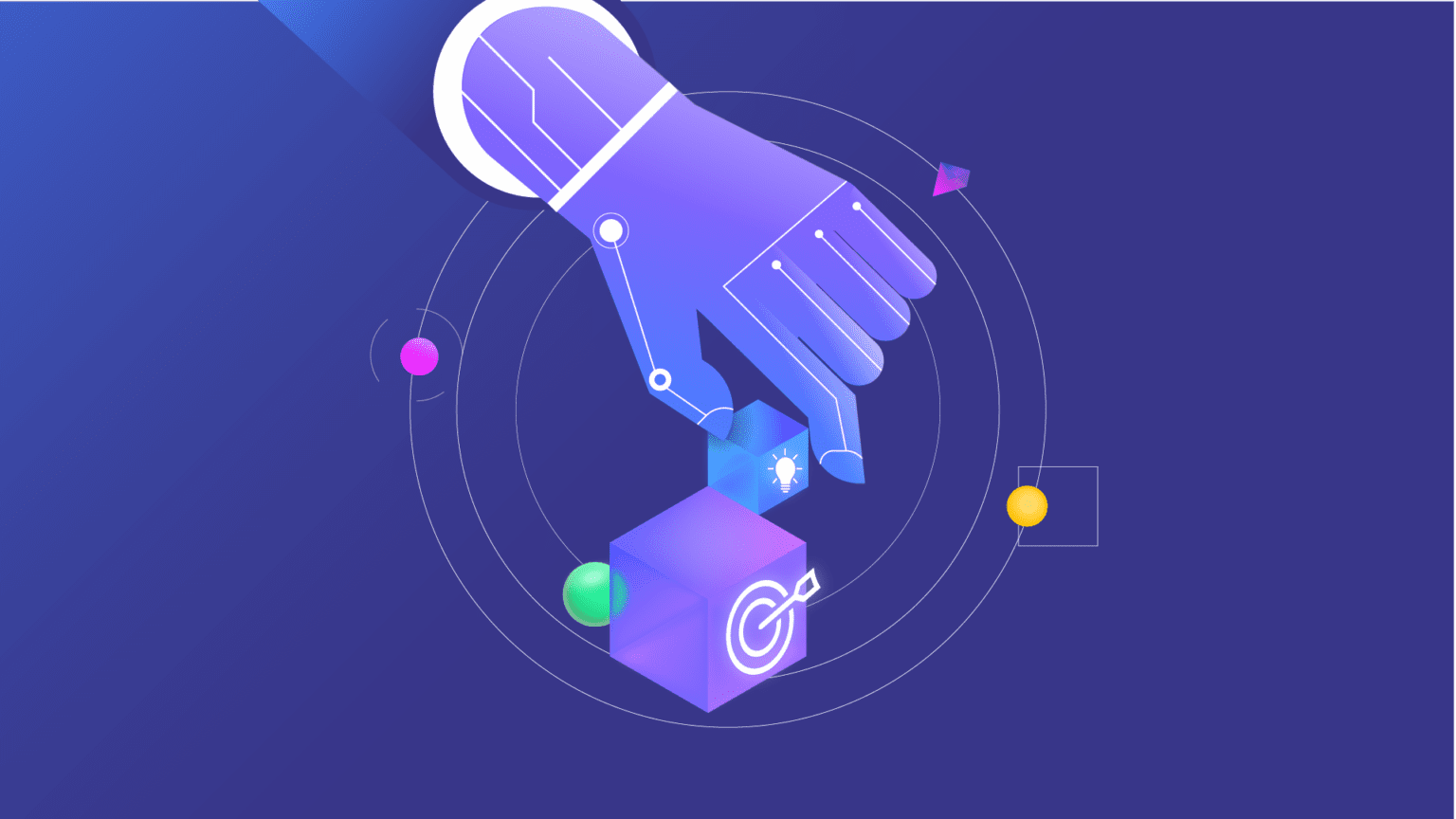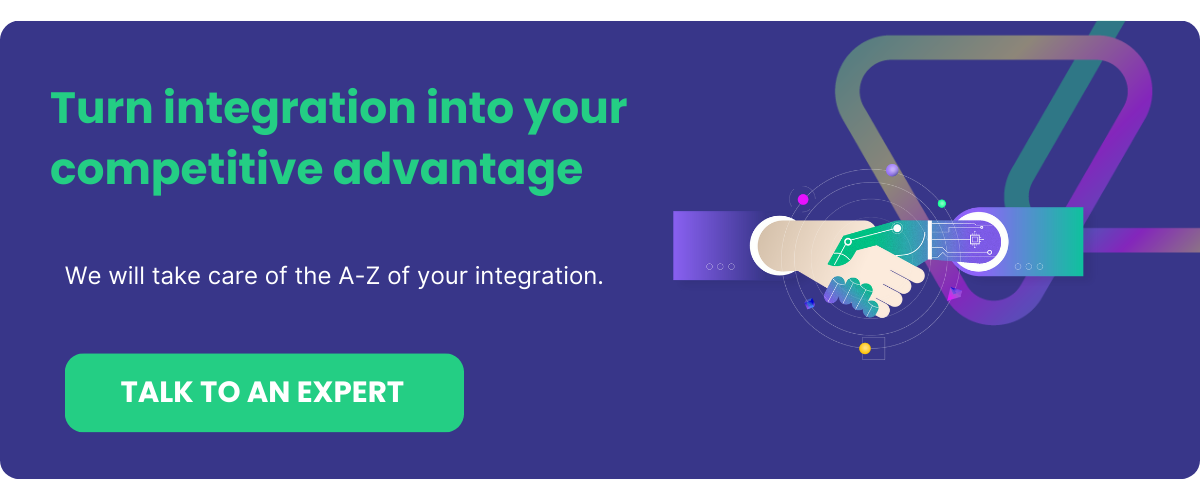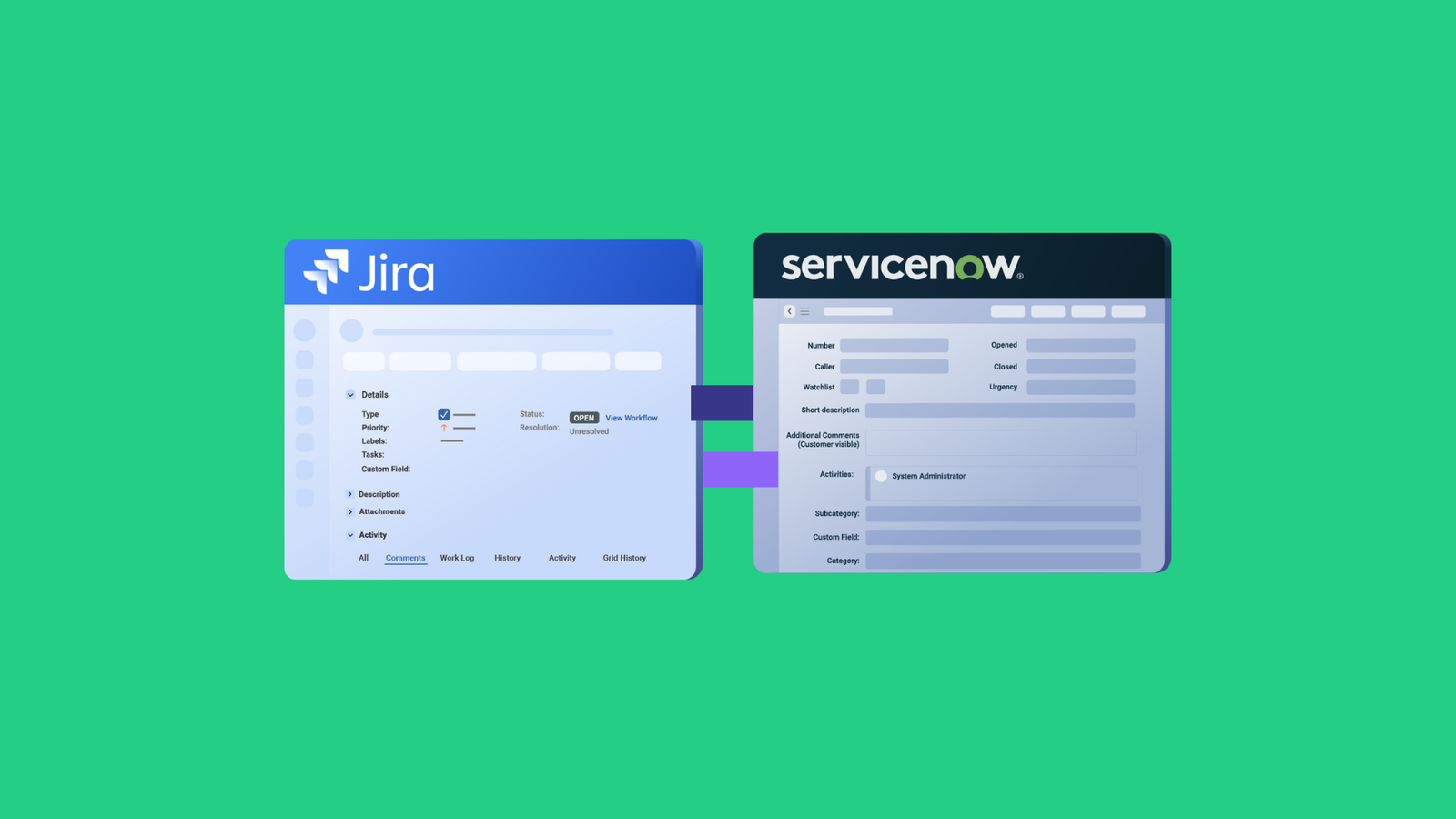Models are important because they provide us with both a representation of an entity and a template to work with. In the same vein, a Service Integration and Management (SIAM) model provides organizations with guidance on vendor management among multiple suppliers of IT services.
Developing an effective SIAM model entails discovering the best approach for an organization working in a multi-vendor operating model.
This article unpacks what the SIAM operating model involves, and how it provides the strategic framework for IT departments to productively manage multiple vendors.
A comprehensive understanding of SIAM is a necessary prerequisite to successfully implementing a SIAM model. So, if you’re still new to SIAM, you can check out our guide on SIAM here first.
What is a SIAM Model?
At its core, SIAM is an IT service delivery model. SIAM can be defined as an “operating model which organizations adopt when working in a multi-service provider model”.
In this model, the SIAM provider is mandated to act on behalf of the business in managing services from multiple IT delivery towers. The purpose of a SIAM model is to ensure IT multisourcing delivery and multisourcing integration are seamless and strategic.
There’s a lot of flexibility in a SIAM operating model so it’ll also appeal to those seeking a broad set of ideas for implementation.
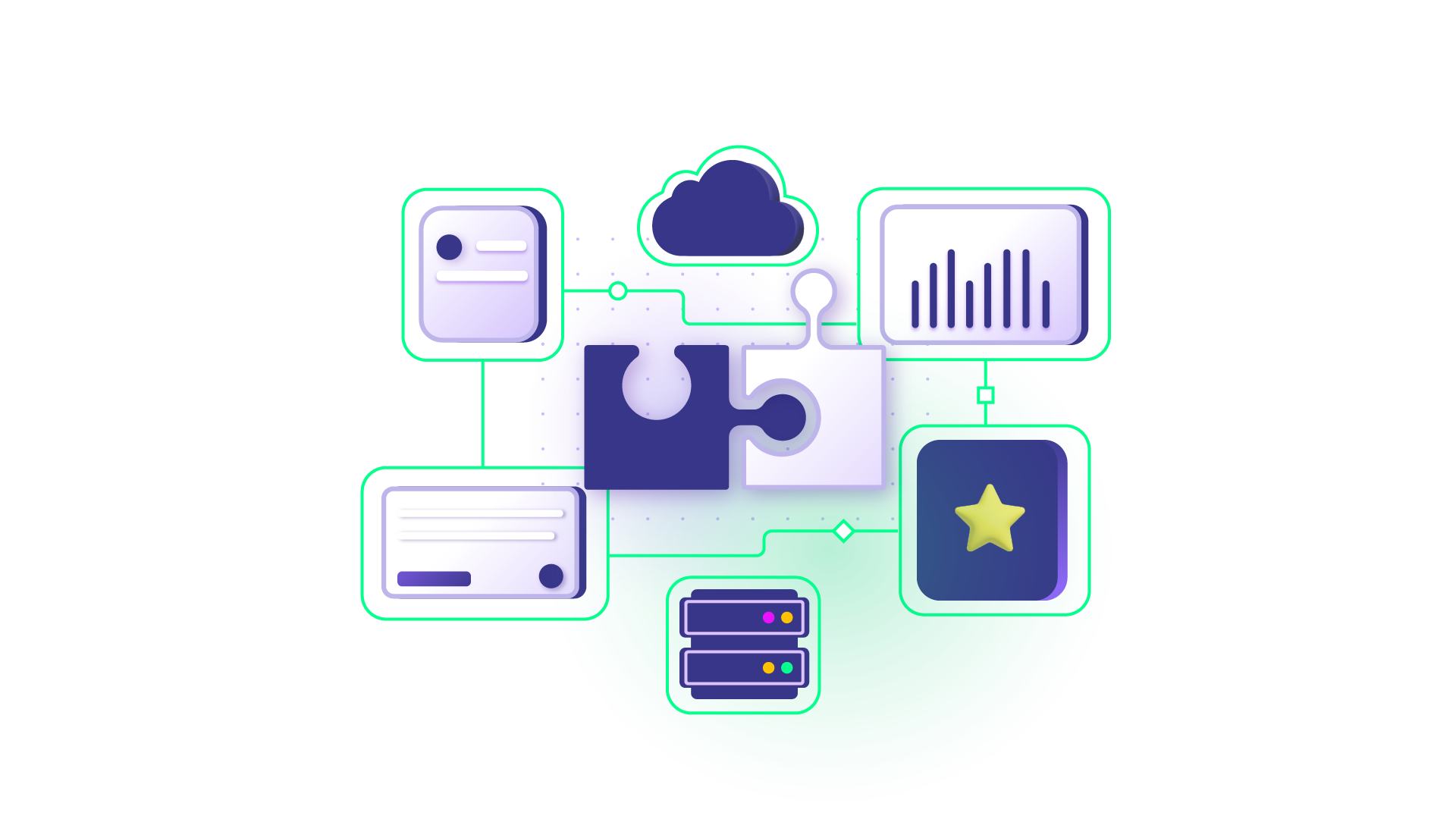
Below are some of the high-level considerations to kickstart a SIAM process model:
- Processes are an indisputable part of an organization’s SIAM model
- Though SIAM relies on processes, SIAM is NOT a process
- The SIAM model requires a collaborative approach to be successful
- There isn’t a one-size-fits-all so many service providers have their own SIAM model and method of working for each ITIL process
With each service provider bringing their processes, standards, and frameworks, adopting SIAM might seem to be a recipe for disaster. However, SIAM ensures consistency by adopting a best-in-breed, multi-tenant model that will meet business requirements through strategic management.
Achieving an ideal SIAM model for an organization requires governance (strategic, tactical, and operational), management, coordination, and integration. This model can be well adapted for a B2B integration set-up as well. So we must study it in that context.
Transitioning to an Operational SIAM Model
To implement SIAM, an organization has to transition to a SIAM model. This will focus on using the high-level considerations highlighted in the previous section, along with an emphasis on multi-service governance.
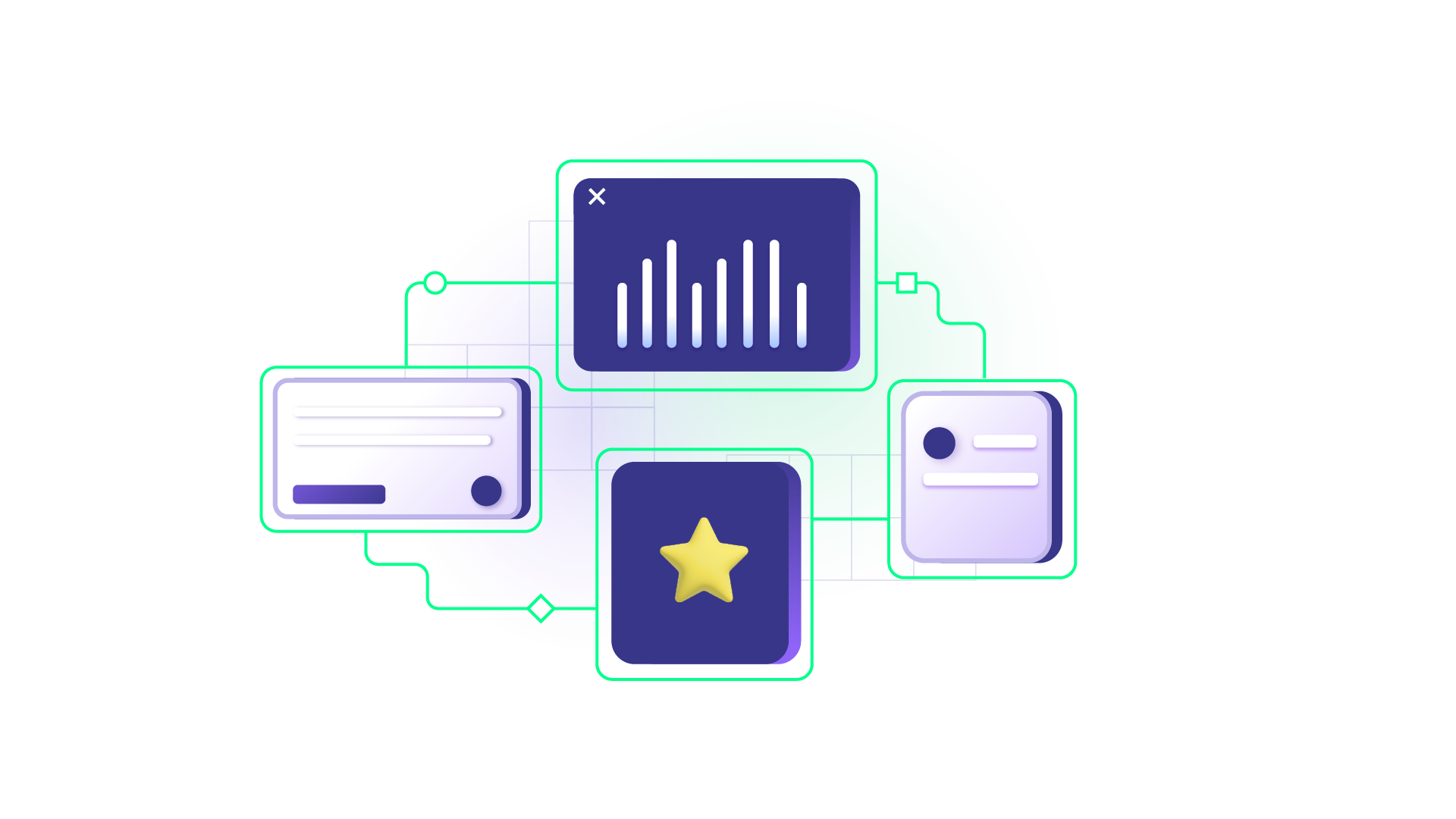
Most of the attention on building an effective SIAM model will focus on processes. This is because processes are repeated tasks that allow organizations to establish their preferred approach to solving a problem.
But whatever the environment, the SIAM methodology includes the following:
- Practices
- Processes
- Functions
- Roles
- Structural elements
Moreover, processes must be allocated to suitable layers in the SIAM model. However, this allocation can differ with each implementation of SIAM. Nevertheless, these processes have to be aligned with other parts of the SIAM model, especially the following:
- SIAM practices
- SIAM layers
- Governance layers
- Structural elements
As part of the overall SIAM model, each party in the SIAM ecosystem has to augment and adapt its process and practices to integrate with the process model.
What a SIAM Operating Model Involves
Too often, SIAM is confined to the process areas described in ITIL, the popular ITSM best practice framework. Though the SIAM process is grounded in service management, however, SIAM isn’t meant to replace ITSM.
So, how does deploying a SIAM operating model differ from ITSM?
Well, ITSM was created to manage IT services for the business. On the other hand, SIAM was established to provide governance and control to these IT services on behalf of the business. However, SIAM has a broader scope than this.
You can also have a look at how to implement a cross-company integration (across multiple companies) using SIAM and ITIL 4 to get an idea of how they can go hand-in-hand without one replacing the other.
As we have noted in the service integration and management article, “the topic of supplier management” is more related to SIAM as it covers the entire service lifecycle.
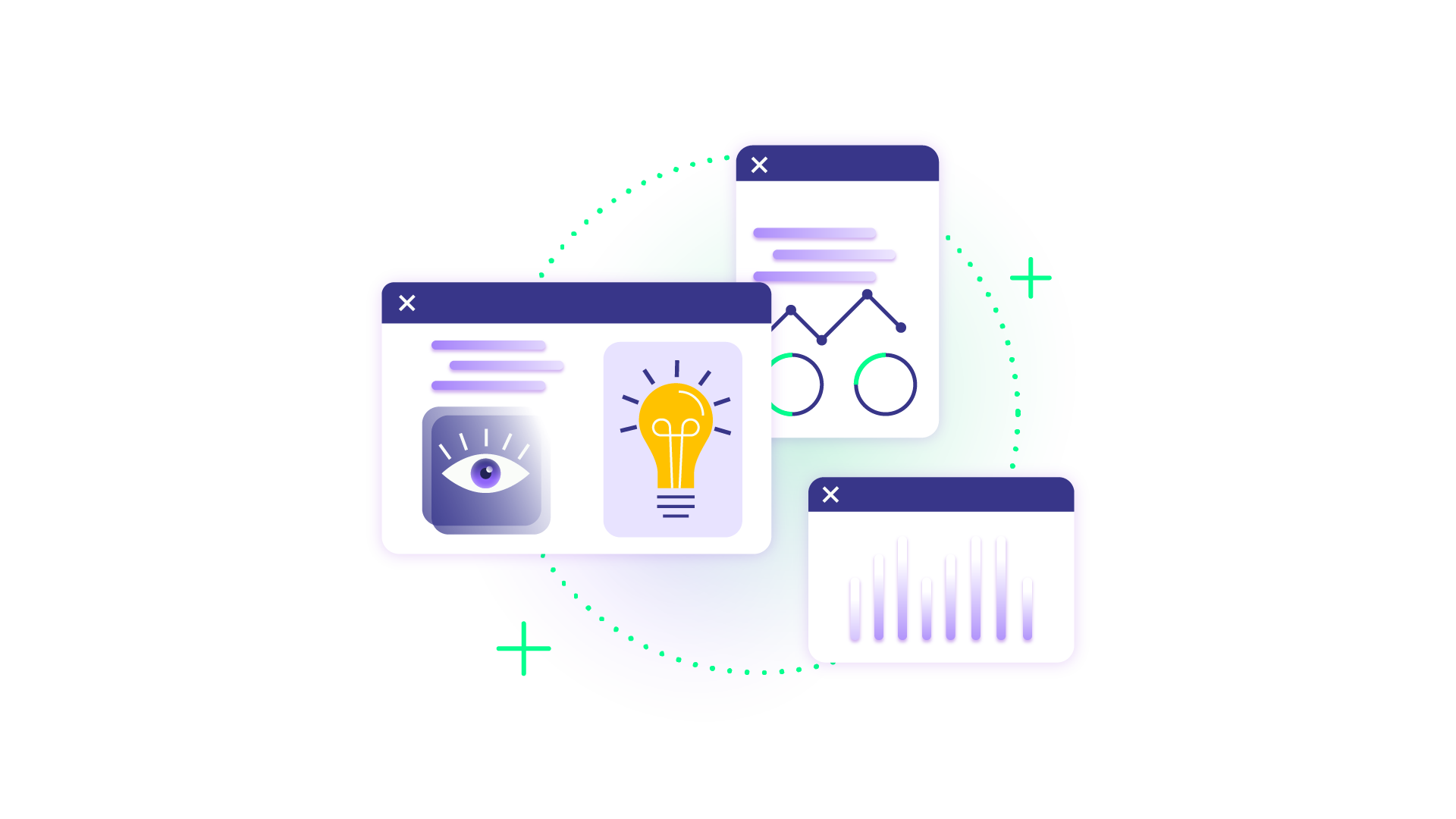
Therefore, SIAM extends beyond the typical incident, problem, and change management to encompass the entire service lifecycle. Its capabilities range from idea conception, and demand management, to service portfolio management, etc.
If we don’t expand the process areas to include ITIL 4 management practices, then these processes can’t be optimized to work in a SIAM operating model.
SIAM implementation requires a collaborative approach because many service providers have their own method of working for each ITIL process.
Organizations should outline their SIAM model with the following in mind to have sustainability:
- Specify principles and policies
- Governance framework
- Outline roles and responsibilities
- Process models, practices, and structural elements
- Outline of services
- Service providers to be retired
The SIAM Model as the Antidote to Large Managed Service Contracts
The explosion of information technology and digitization unleashed an avalanche of IT services upon an organization. IT Service Management (ITSM) emerged to help organizations manage the end-to-end delivery of these IT services.
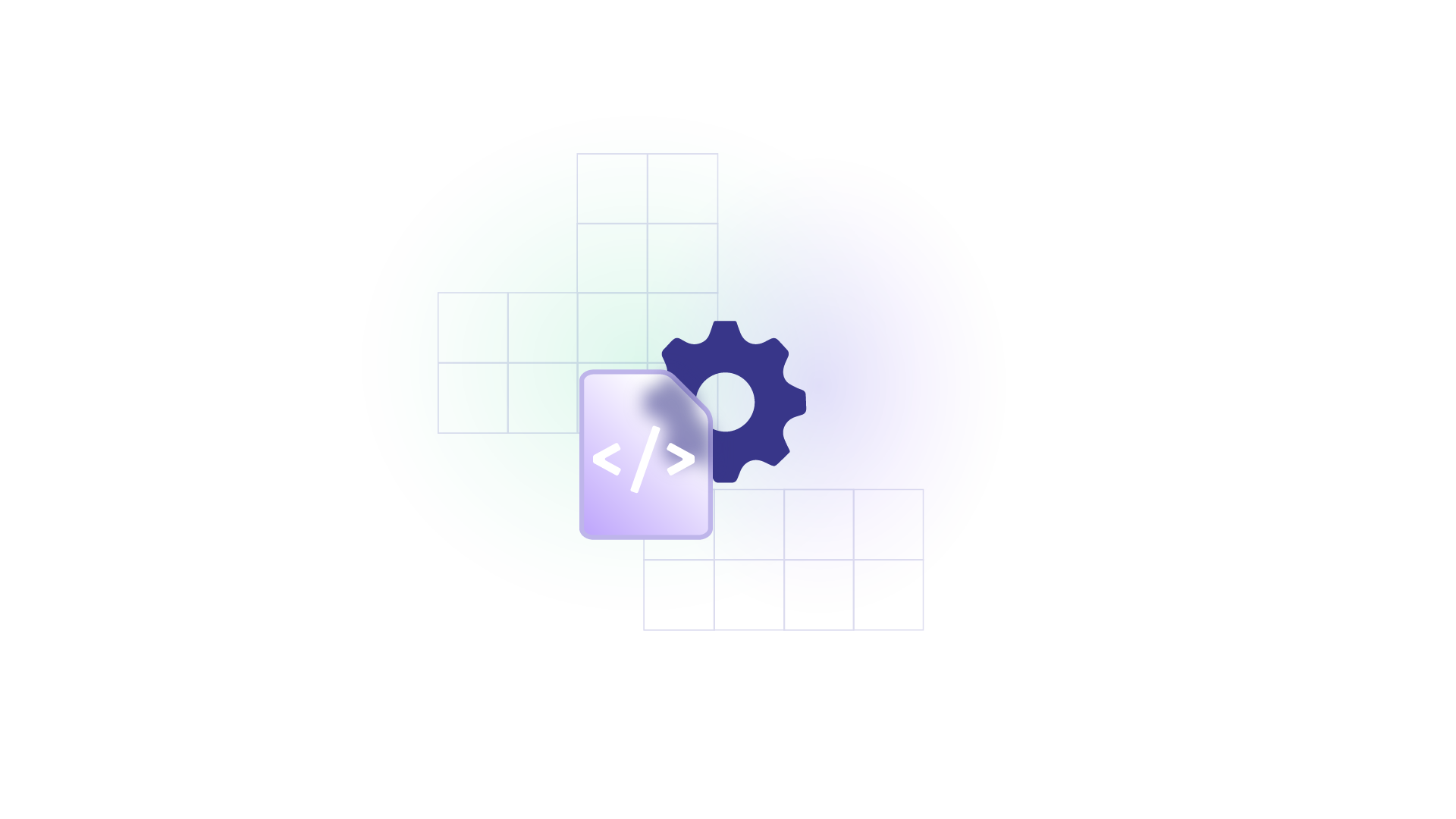
So, before there was a need for a SIAM model, ITSM already existed. However, ITSM mainly concerns itself with the lifecycle activities of IT services such as its creation, design, delivery, and support.
Moreover, the velocity of change in digital technology would soon usher in another shift in the IT management landscape. With the information technology (IT) ecosystems changing at such a rapid pace, even the most skilled IT generalists were no longer capable of providing its increasingly specialized needs.
As a result of this specialization, outsourcing was needed so organizations could get the expertise they required for sophisticated and niche tasks, especially infrequently used ones. Other factors such as costs, and the need to focus on the core business functions also accelerated the trend towards outsourcing.
Outsourcing Conundrums with the SIAM Model as the Solution
However, the rise of outsourcing didn’t make IT departments obsolete. Most organizations still keep in-house IT professionals who are typically tasked with administrative duties like database management, overseeing the efficacy of networks, and supporting employee IT needs. The rest is typically outsourced to vendors and managed service providers.
But despite their seeming price advantages, single-vendor paradigms soon proved inadequate as one-shop solutions. Furthermore, most single-vendor solutions are insufficient to handle the multitudinous scope of IT problems. In addition, organizations don’t usually want to be held hostage by the rigidity of single vendor lock-in.
Hence, this outsourcing arrangement eventually gave rise to multi-vendor supplier ecosystems, along with an increasingly complex IT value chain. But cracks quickly appeared in this arrangement too.
Organizations soon discovered that their most vexing problems with subcontracting to third parties were:
- Very little transparency
- Not enough quality control on outcomes
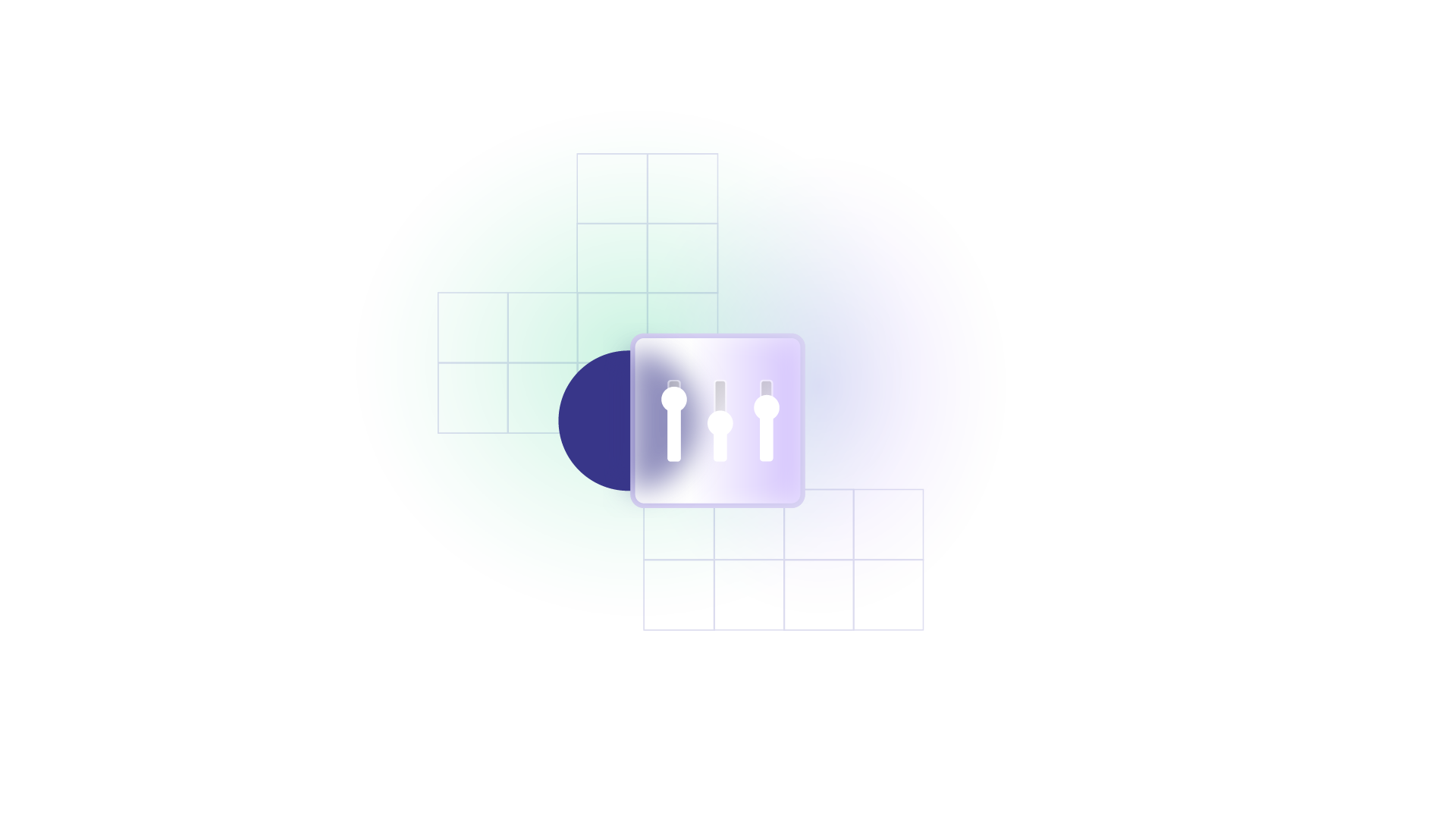
This new reality, in turn, created the need for supplier management, especially in a multi-source environment.
To be viable, this environment had to provide cross-process, cross-functional, and cross-provider integration where all parties:
- understand their roles, responsibilities, and context in the system,
- are adequately empowered to deliver them,
- and can be held accountable for the outcomes they have been tasked to deliver.
The SIAM model helps an organization outsource IT responsibility so it can focus on its core business. The objective of using SIAM is to enable IT departments to maximize scarce resources, through coordinating resources – both internal and external – effectively and efficiently, and in the process, providing the best results and outcomes for an organization.
So, a SIAM model isn’t a theoretical exercise. Rather, it grew from a practical shift towards the outsourcing of specialist resources or skills which required managing the resultant multiple suppliers of IT services.
Building the Right SIAM Model
As we have seen, SIAM is a service model that exists to provide good practice methods to manage multiple suppliers of IT services.
The SIAM ecosystem must include three main layers, namely:
- The owner or customer organization (with retained capabilities): the singular, accountable role that ensures the process is defined, executed, and evaluated correctly
- The service integration function: implements an effective cross-service provider organization while providing operational governance to service providers
- Service provider(s)
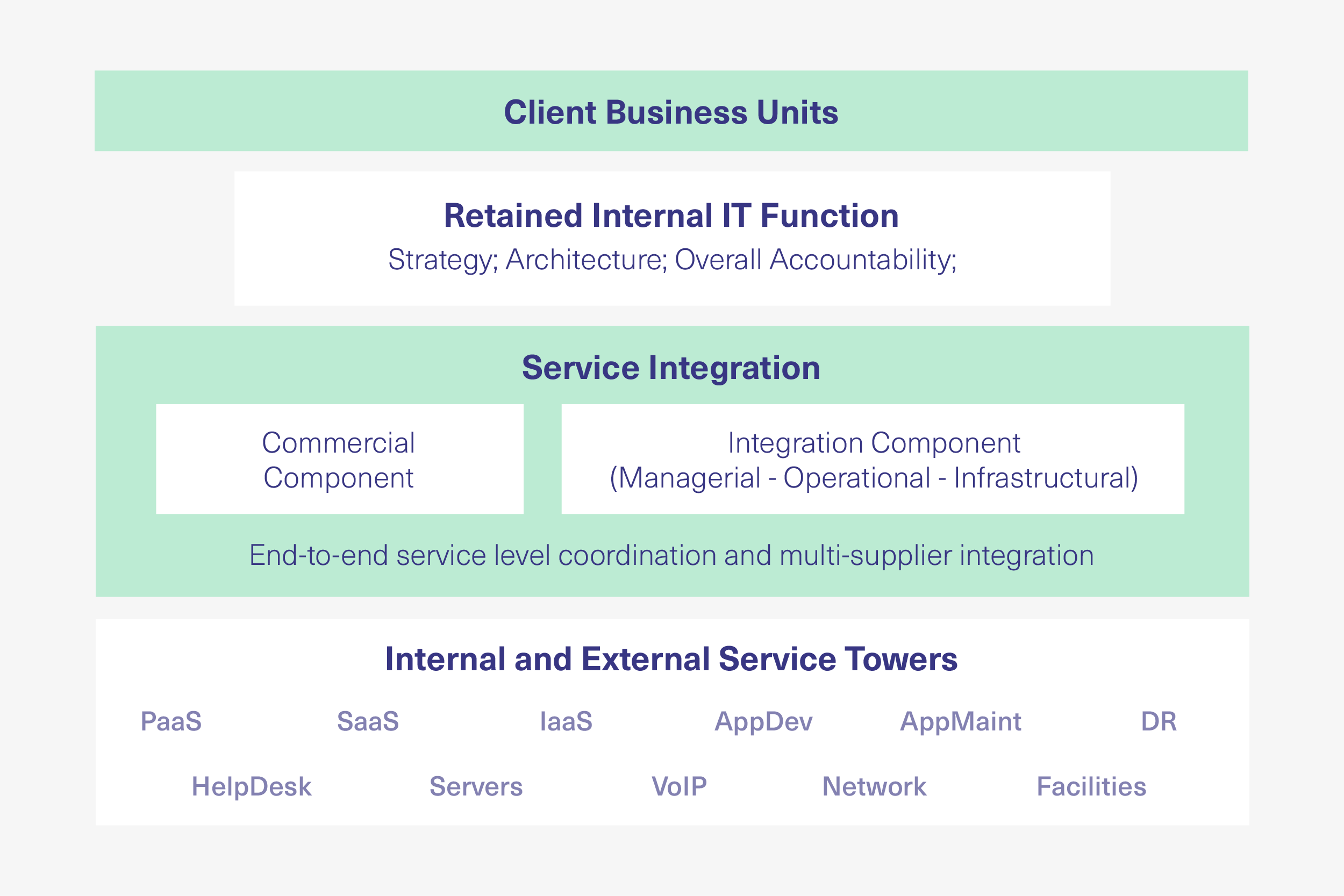
While the customer organization owns the contractual relationships with external service providers, the service integration function is where end-to-end service governance, integration, management, and coordination are performed.
Service Integrator
The service integrator role can be carried out by one or more organizations, including the customer organization. Regardless of the number of organizations providing this role, it should still be considered as a single logical service integrator.
Based on the configuration of the service integrator, four SIAM models align with the most common situations adopted by organizations.
- Internal service integrator
- External service integrator
- Hybrid service integrator
- Lead suppliers as service integrators
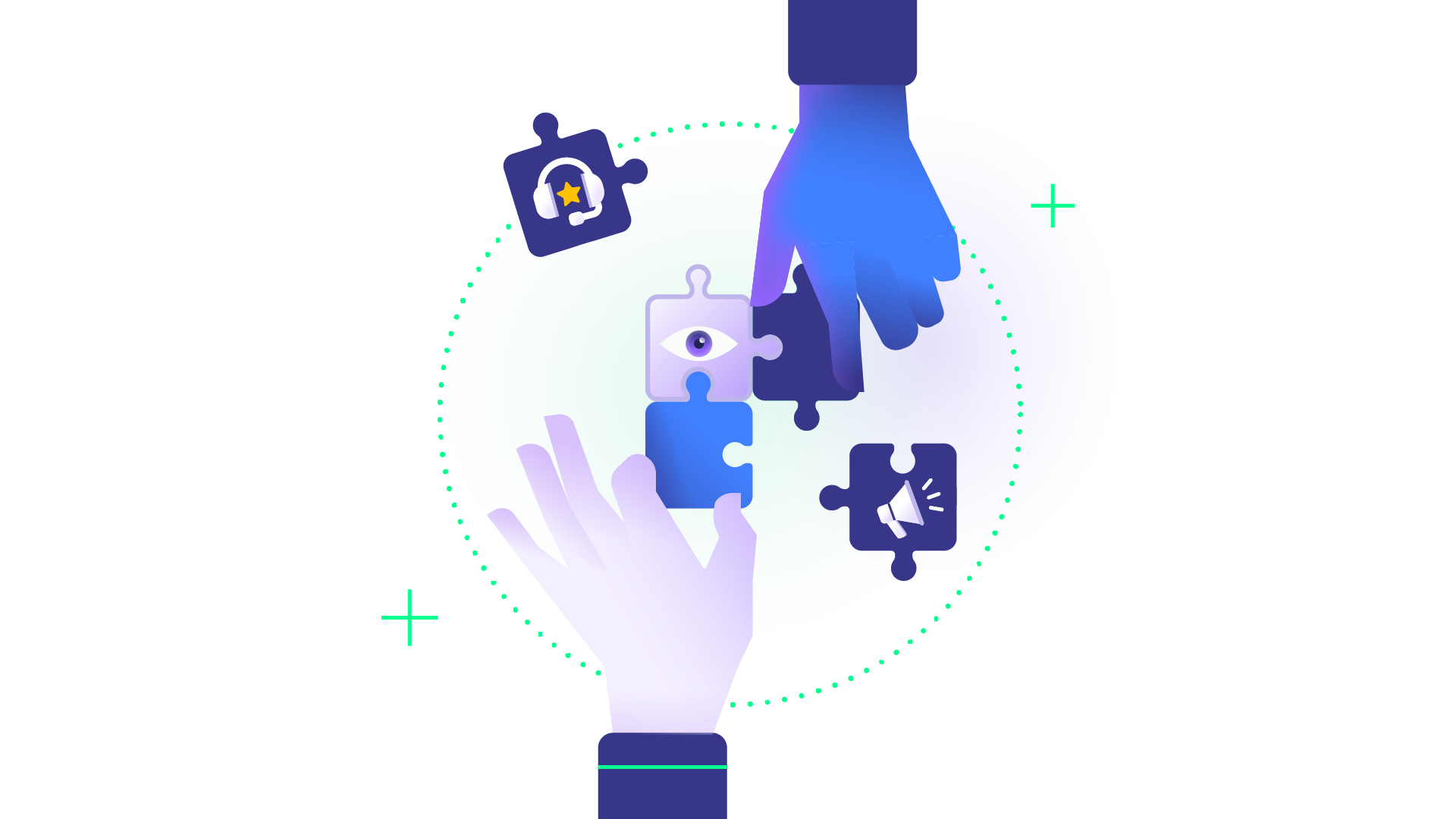
The service integrator is the most important role in the SIAM model. This is because SIAM’s process execution is likely to involve multiple stakeholders who don’t have homogenous practices, tools, processes, and documents. Although service providers have their respective processes, they nonetheless have to be integrated as part of an overall model with defined rules, interactions, and controls.
This is complex and requires a service integrator to manage integration across diverse providers. The service integrator has to navigate a moving technological landscape, processes across provider networks, several service management frameworks and practices, diverse corporate cultures with every ecosystem member, and juggle complex contractual and personal relationships.
Internal Service Integrator
In this model, internal control is the name of the game. Here, the control of vendors is in-house and not outsourced to any third party.
The advantage of this model is its cost-effectiveness. However, for it to work effectively, a single logical entity has to be charged with its implementation. They also need to have sufficient authority to carry out their role; otherwise, this model is unlikely to produce the expected results.
Because it’s inside the organization, it’s often managed through targets and internal agreements.
External Service Integrator
In this SIAM model, an independent service integrator – likely a specialist – is responsible for managing vendor relationships on behalf of the customer organization.
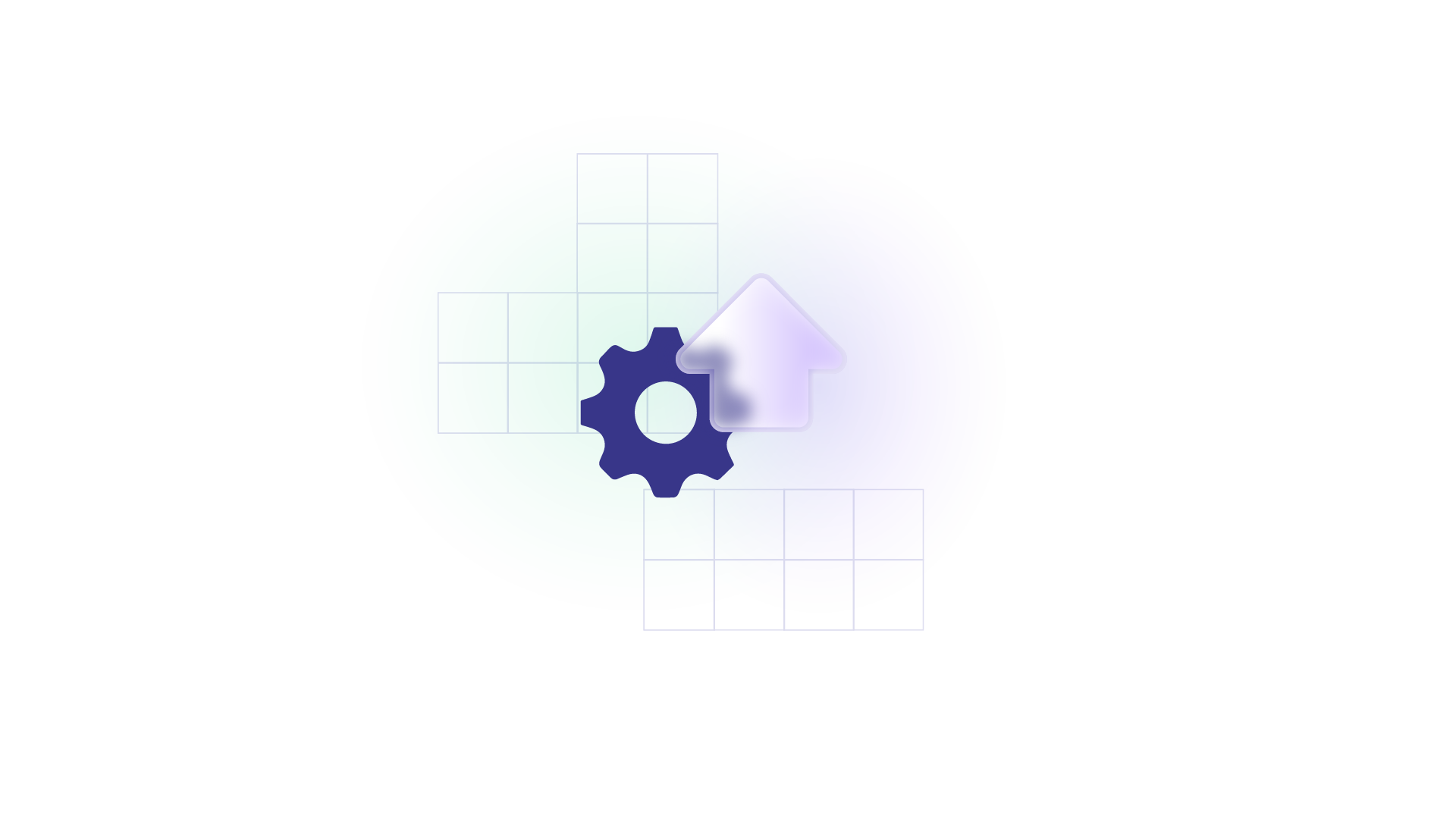
This service provider isn’t part of the customer organization. As such, its performance is usually managed through a contract with the customer organization and service level agreements.
Hybrid Service Integrator
This approach combines both the internal and external service provider models. In this mode, the responsibilities of the service integrator are spread across the customer organization and one of the service providers.
In practice, the configuration might look like this: the client mandates an internal resource group to manage the smaller vendors while an external service integrator handles the relationship with the more critical vendors.
Lead Supplier as Service Integrator
In this model, one of the existing service providers becomes responsible for the management of other vendors, in addition to their existing service delivery role. To pull off this kind of arrangement, there needs to be a high degree of trust between the customer organization and the service provider.
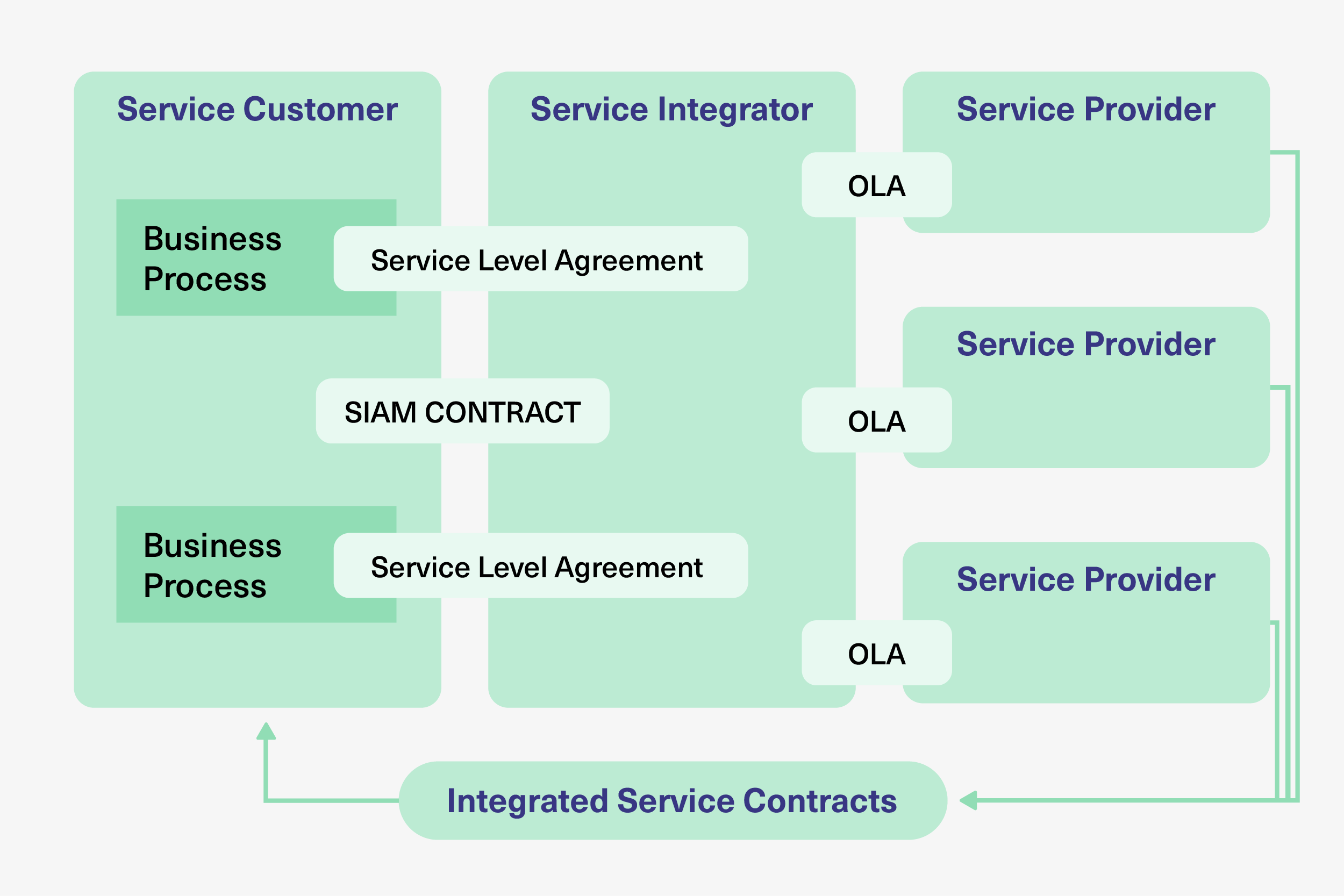
The Complexity and Challenge of the SIAM Process Model
A SIAM model must clearly define the policies and principles, establishing ownership of the roles and responsibilities for these three layers.
Although the SIAM model is a process, SIAM transcends end-to-end process management. So, the role of process management isn’t diminished within SIAM. On the contrary, SIAM adds more depth to process management since process execution is likely to involve multiple stakeholders.
Because of such complexity, it’s necessary to give heightened focus to clearly defining roles and responsibilities following these key principles:
- All definitions should be relevant to the SIAM model
- Each defined role must include the necessary knowledge, skills, competencies, and capabilities
- Integration and collaboration capabilities must be included in the definitions where appropriate
- the customer organization, the service integrator, and the service providers must each have separate definitions of roles to ensure there’s no duplication or overlap
The Key Benefits of a SIAM Model
SIAM can be used globally and in various organizations since it applies to more than just IT services. This is because it is relevant to any environment where services are sourced from a number of service providers.
However, the added benefit of SIAM is that we can derive inspiration from “other best practices, frameworks, methodologies, and standards used for IT and ITSM.”
These advantages that accrue to the SIAM model should encourage organizations to adopt it:
- Reduces operational risk: Instead of relying on a single service provider, the SIAM model provides organizations with the guardrails to spread operational risks across multiple service providers
- Greater access to expertise: the SIAM model enables organizations to gain access to “best-in-class” skills across a wider range of technologies from a broader range of suppliers
- Agility in meeting demands: provides organizations the ability to respond and meet the increasingly complex demands of business
- Increased accountability: SIAM contracts and their scope provide greater transparency and allow organizations to hold service providers accountable for their part of the end-to-end service chain
- Increased flexibility and nimbleness: SIAM provides organizations the ability to adapt to a flexible model that allows service providers to be onboarded and offboarded easily.
Takeaway
SIAM can be implemented through various models. However, the basic concept remains consistent – a single entity managing IT service delivery and value chains.
SIAM models need to evolve, just as recent updates in ITIL 4 present a paradigm shift for IT teams. So, SIAM models need to incorporate a flexible approach to multisource service integration.
Recommended Reads:
- Service Integration and Management (SIAM)
- The Definitive Guide to Cross-Company Integrations for IT Professionals
- B2B Integration (business-to-business integration)
- eBonding Integration: The Ultimate Guide to Flexible Data Sync
- Service Integration and Management: an Introduction to SIAM (podcast)
- ITIL and Cross-Company Integration (podcast)
